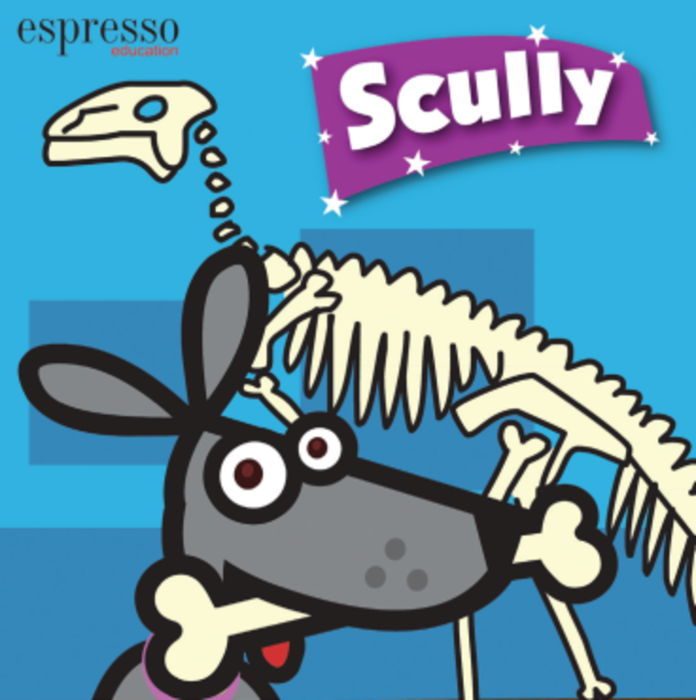Client: Espresso Education
Vendor: Scout Analytics
Objective: Tap the power of data analytics to understand customer behavior, identify hot prospects, and better nurture leads
The Back Story: It’s a tale too often told: A company has vast amounts of customer data and no cohesive system in place to analyze it. UK–based digital curriculum company Espresso Education was facing that exact problem, but with an interesting twist: It knew who its customers were—the teachers who had signed up to use the Espresso service in their classrooms—but knew virtually nothing about what they were doing with it.
Espresso serves about 9,000 primary and secondary schools with educational videos, original rich-media content, and other digital learning resources. All told, Espresso currently hosts about 126,000 assets on its server, and more assets are being added all the time.
Espresso spends more than £1 million a year on buying fresh content to pump into its pipeline, but it was flying blind when it came to understanding customer engagement. There was no function in place that would allow Espresso to see which pieces of content teachers were accessing or which bits were most or least popular.
Though its retention level was through the roof at a staggering 94%, Brent Battams, Espresso’s head of business planning and analytics, wanted to make sure Espresso was seeing commensurate levels of engagement. The company built its own database in an attempt to harness its data, but it didn’t provide the needed insight.
“We had 9,000 schools, but we were never able to see what they were doing, and in today’s world that’s kind of ridiculous,” Battams says. “We were taking a lot of gambles with our own internal investments.”
The Objective: Above all, Espresso was looking to create a simple, automated ranking system to help determine in real time which teachers were actively engaging with Espresso content (superusers) and those who had merely subscribed but either rarely engaged or didn’t engage with Espresso products (average or disengaged users).
Based on that information Espresso would be able to more tactically and quickly designate who it needed to reach out to with free onsite training sessions. As it stood, Espresso could only undertake the onerous process of ranking its users about twice a year, which means the company was forced to rely on six-month-old information. As an added layer of complexity, if a head teacher who used Espresso moved to a new school, her previous school would still potentially be classified as a superuser—and therefore not in need of training—when in fact a training session was just the thing that school needed.
Espresso also needed a solution to help track and personalize its marketing campaigns. “We didn’t know if our marketing campaigns were effective or if we were targeting the right customers,” Battams says. “We’re talking about 180,000 teachers, and it’s a big problem if we’re not sure who we’re targeting.”
The Solution: To get a handle on its data, Espresso brought in digital revenue intelligence company Scout Analytics for a lesson in real-time and predictive analytics.
Scout’s Yield Optimizer tool allows Espresso to differentiate between the customers most likely to renew their subscriptions based on their usage patterns, as well as which schools might require additional training and support to get them using Espresso. Battams and his team now use Scout to determine teachers’ usage over time, and to keep an eye on demand change.
Tracking engagement engenders more engagement. If, for example, usage drops by 25% at a particular school, Espresso is immediately privy to the information and is therefore able to add that account to its priority attention list. Espresso can also create automated triggers like targeted follow-up “health check” emails based on specific customer actions.
“Not only are we doing better targeting, the training department can see who to book a session with where it makes most sense—rather than spending £200 to send a trainer to a superuser who doesn’t need it,” Battams says. “This has helped us increase our renewal rate by a couple of hundred customers in one year alone.”
Espresso has also been using a new Scout offering, known as Scout Playbooks, to set KPIs and objectives for its marketing department and develop more robust marketing automations and triggers. The function rolled out in mid–November 2013.
Next Steps: Now that its data is squared away, Espresso can focus on new initiatives with confidence, Battams says.
For example, Espresso is in the midst of launching a new product to handle a major national curriculum change that will apply to every primary school in the UK, starting in September 2014. To ensure that the new product, rather than the competitions’, is introduced into schools early, Espresso is giving it away to teachers for free for one year. Using ScoutPlaybooks, Espresso can track whether teachers have logged in to their gratis accounts, and if not, send follow-up emails to ensure engagement.
About 800 schools signed up with Espresso within just two weeks of launching its free-access campaign. About 60 new orders roll in every day.
“It’s a big risk we’re taking, giving our product away for free,” Battams says. “But we’re using the right marketing tools and the right campaigns to get the customer engaged, so that a year from now Espresso will be embedded as the go-to.”






